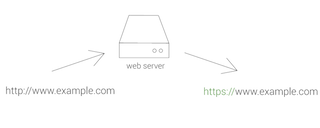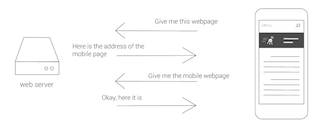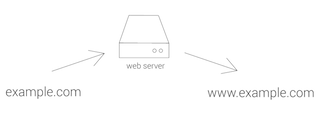
All search engine marketers are trying desperately to promote trends
Especially the trends that are aligned with traditional digital marketing. SEO is immensely important to enhance key to improving your website’s visibility, driving more traffic and better conversion rates.
The first thing one can do as an internet marketer is to avoid making mistakes. Following “SEO Best Practices” can be difficult for online marketers. With search engines changing algorithms on a periodic basis, every SEO strategy needs to adapt and adjust with the latest techniques while giving up on age-old practices. Here are some of the prominent mistakes made by SEO experts:
Mistake #1: Not optimizing images with rest of the content
Optimizing images is sometimes not part of the SEO strategy and can be over looked. Adding target keywords to images relevant to the rest of the content helps search engines understand them. A link to the image with just numbers and alphabets in odd positions does not convey anything but some relevant words and numbers would matter. One should incorporate descriptive keywords for every image. Including relevant alt text helps search engines to find images in relevant searches and even the accessibility of the site.
Mistake #2: Keyword stuffing
Nowadays websites contain varied types of content in terms of text. One needs keywords for SEO and use of right keywords is important for getting the right audience. Optimize them carefully to gain popularity in search engines. But keyword stuffing will only ruin your website ranking since cramming a keyword multiple times makes content worthless. Only keywords do not get customers to a website. Also, Google algorithms will get the site blacklisted and also issue a bad ranking.
Relying on large amounts of mediocre content can affect sites. Using specific keywords with strategic placement and relevant content is effective. Creating insightful info about a topic can can attract attention through different channels.
Mistake #3: Not Setting Up Canonicalization
When implementing an SEO strategy, one should make sure that you do not have duplicate content on the site. If there is identical content for online access using different URLs, you need to identify the right page for visitors and implement a canonical to help search engines know that it is not a duplicate version.
Mistake #4: Disregarding Pages by Not Indexing Them
One should not forget indexing pages. Pages that are broken or missing are going to avoid search engine results altogether because pages indicating 404 error are excluded. A high number of 404s leads to an increase in bounce rate and visitors will feel cheated of any information. Search engines crawl websites and rank them and 404 pages interrupt their process. It is important not to have broken links on your site and keep the website active.
Mistake #5: No updates on site
After spending months to create an interactive and attractive website, one should try to keep it dynamic with consistent blog posts or some other content. Companies fail to optimize the site with keywords and just sit back to watch the traffic decrease. Let in some updates that will help your prospects with relevant information and they might convert to leads.
One needs to make a schedule for posting different posts related to your field on a regular basis, and consistency will get you the attention of search engines too.
Mistake #6: Neglecting social media
Neglecting social media is a crime in this day and age. Social media is no longer an optional marketing ploy but a necessity for businesses. By being conversant and relevant on popular social sites like Facebook and Twitter, one can enhance a company’s image and credibility. Sharing your content will lead the search engines and drive potential visitors to your site. Social media following can also boost brand awareness amongst loyalists.
Mistake #7: Lack of internal links
One might think that it is erroneous to link to one’s own content and even think that search engines might read into it and even blacklist the pages. Despite what you may think, internal links to website is great for SEO and helps search engines to crawl to your website. One should focus on the most important pages of any site and strategize posts to link back to those pages. One should find a real connection between pages to do the linking task.
Mistake #8: Failure to measure progress
Improving SEO is like losing weight. One needs to check and measure your progress on a consistent basis. One should know the current standing when you start, and then track the changes. With solid metrics in place, one will know that the SEO practices have been working or not. If you do not think that there has been any progress, then it is preferable to drop it.
Credit: Keval Padia
Contributor
Alan Zibluk Markethive Founding Member






 “Our sales are stagnant and we need SEO — please help!” This is something that we hear often. While search-engine optimization (SEO) can provide amazing results, they don’t happen overnight. And, oftentimes, a business can’t wait; it needs sales, and fast. Here are three simple online marketing strategies you can start on today that can help you kick-start your stagnant online sales.
“Our sales are stagnant and we need SEO — please help!” This is something that we hear often. While search-engine optimization (SEO) can provide amazing results, they don’t happen overnight. And, oftentimes, a business can’t wait; it needs sales, and fast. Here are three simple online marketing strategies you can start on today that can help you kick-start your stagnant online sales.


